CIRCULAR & CLIMATE POSITIVE
We’re creating positive changes
We’ve already achieved a lot when it comes to being people and planet positive, but there is so much more to do! In our journey to become a circular and climate positive business, our aim is to use more renewable and recycled materials, eliminate waste in our operations and change the way we design products and the services we offer customers to prolong the life of products and see products as resources for the future.
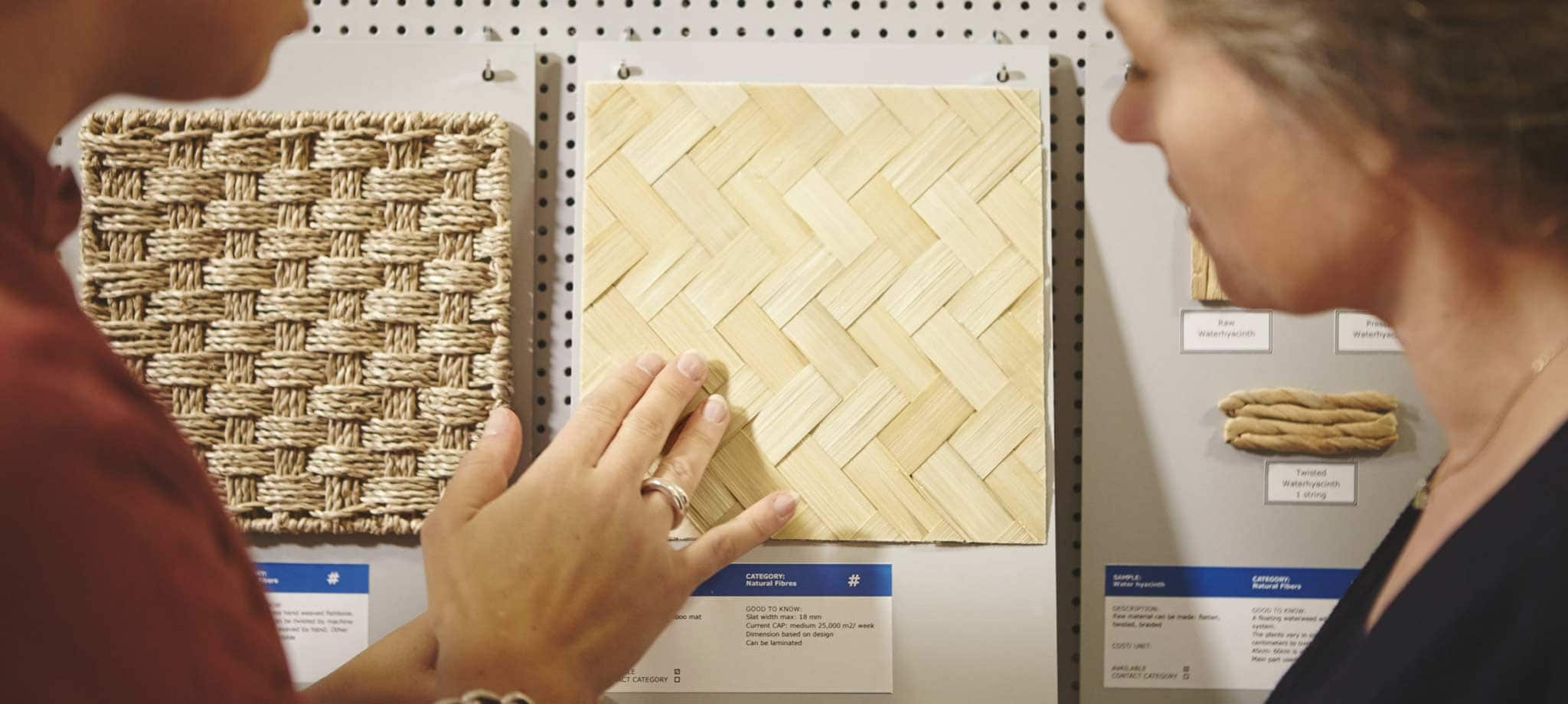
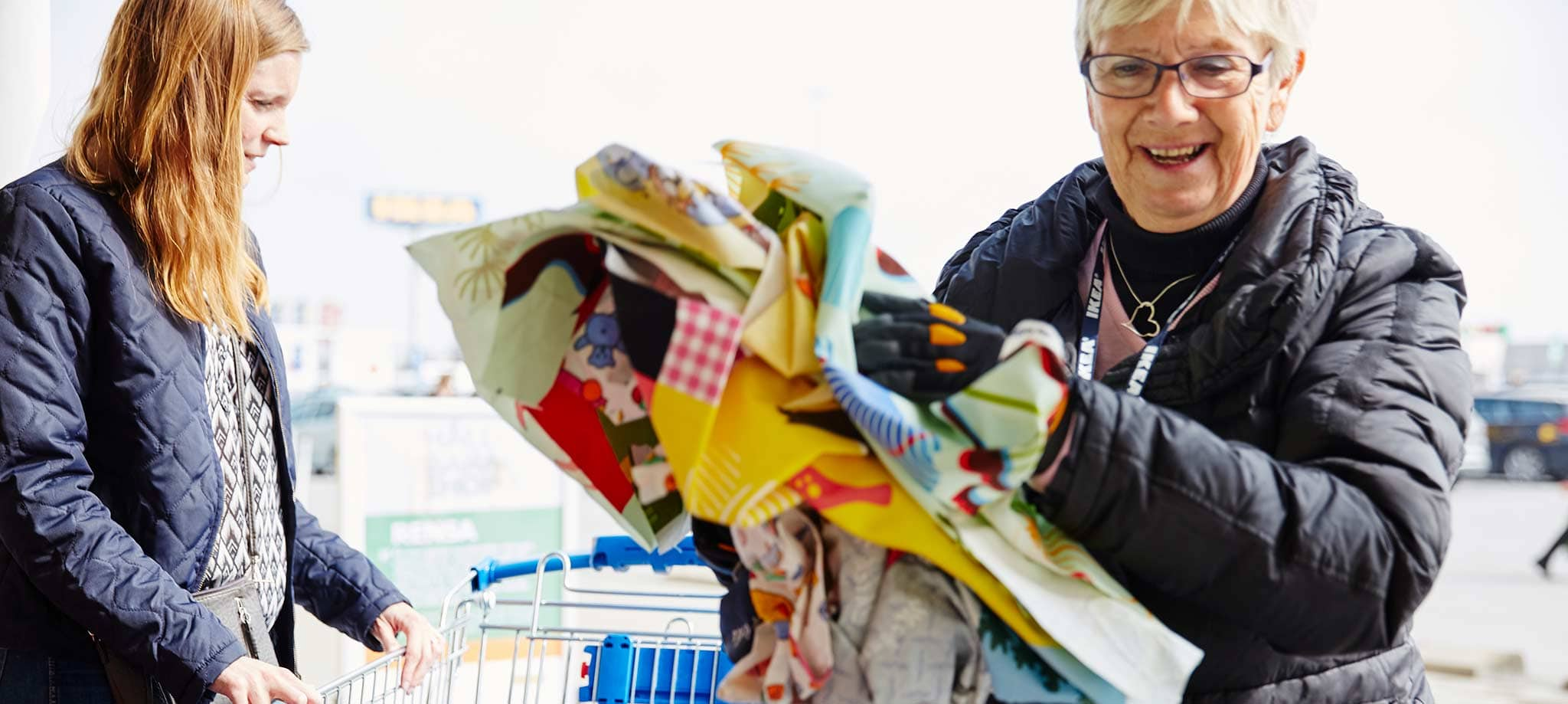
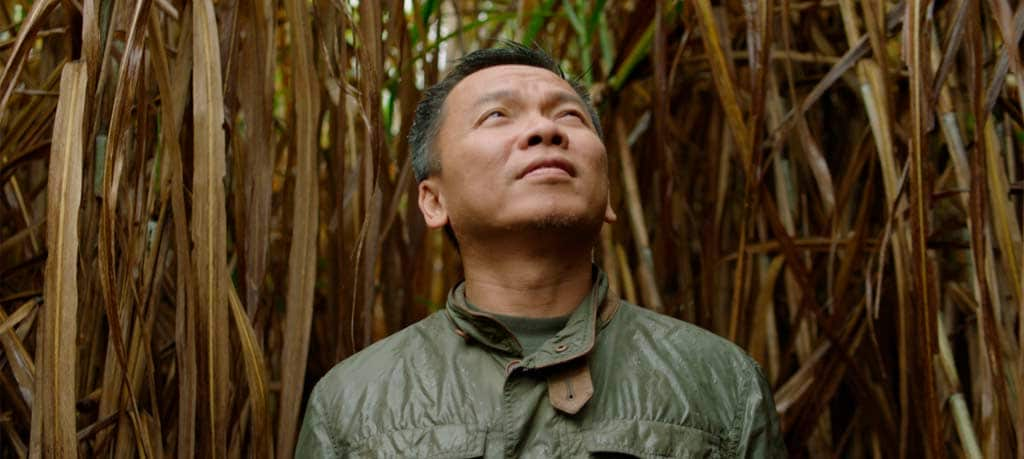
![]()
By 2030 our
ambition is to
inspire and enable
more than 1 billion
people to live a
better everyday
life within the limits
of the planet
ambition is to
inspire and enable
more than 1 billion
people to live a
better everyday
life within the limits
of the planet
CLIMATE & ENERGY
Investments in wind and solar
Since 2009, IKEA Group has invested EUR 1.7 billion in renewable energy. We have committed to own and operate 416 wind turbines and have installed around 900,000 solar panels on our stores and other buildings. In FY17, we generated renewable energy equivalent to 73% of the energy we used across our operations.
Investing in renewable energy
To help tackle climate change, we have decided to make our operations energy independent, producing as much renewable energy as we consume by 2020.Investments in wind and solar
Since 2009, IKEA Group has invested EUR 1.7 billion in renewable energy. We have committed to own and operate 416 wind turbines and have installed around 900,000 solar panels on our stores and other buildings. In FY17, we generated renewable energy equivalent to 73% of the energy we used across our operations.
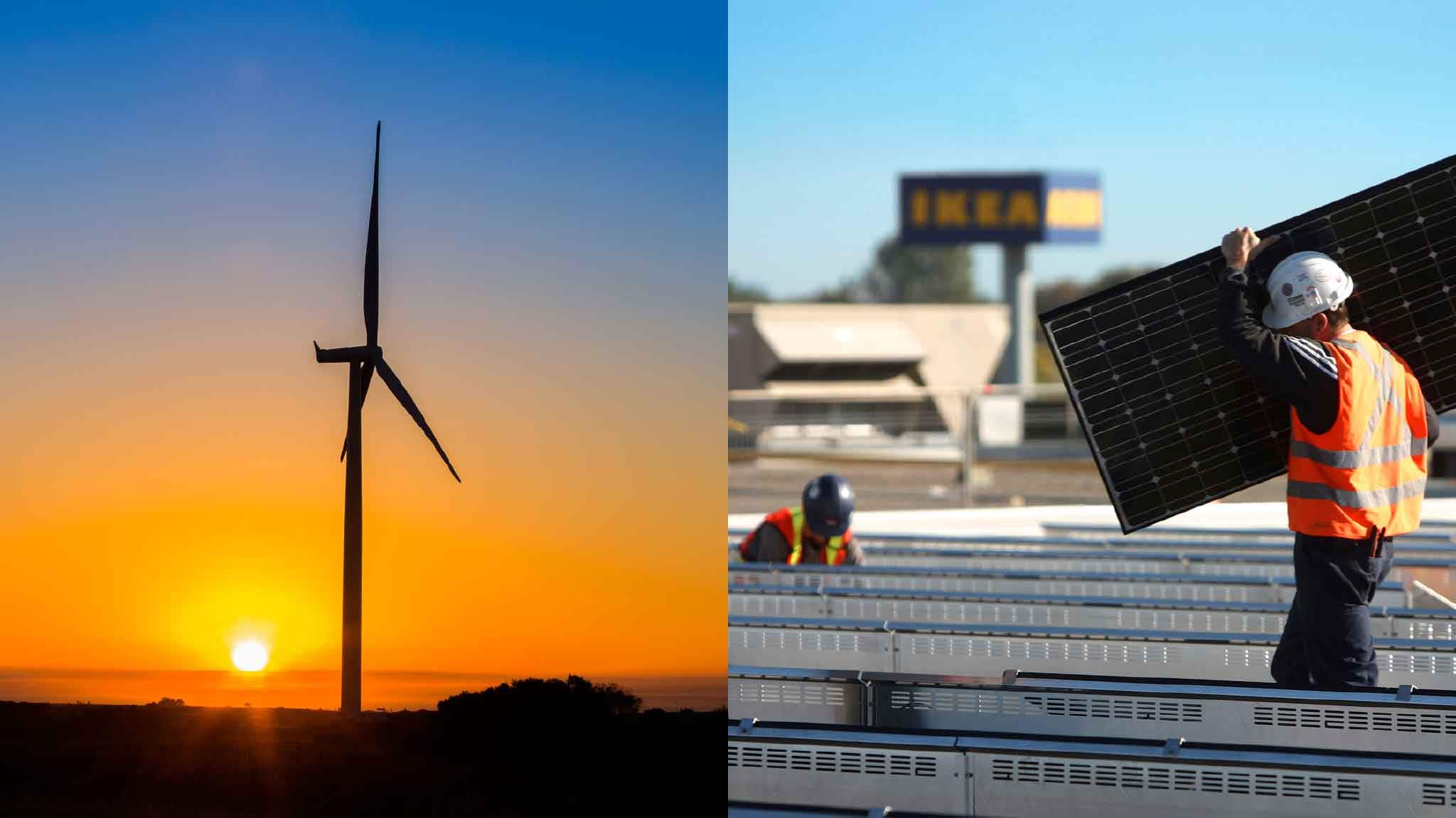
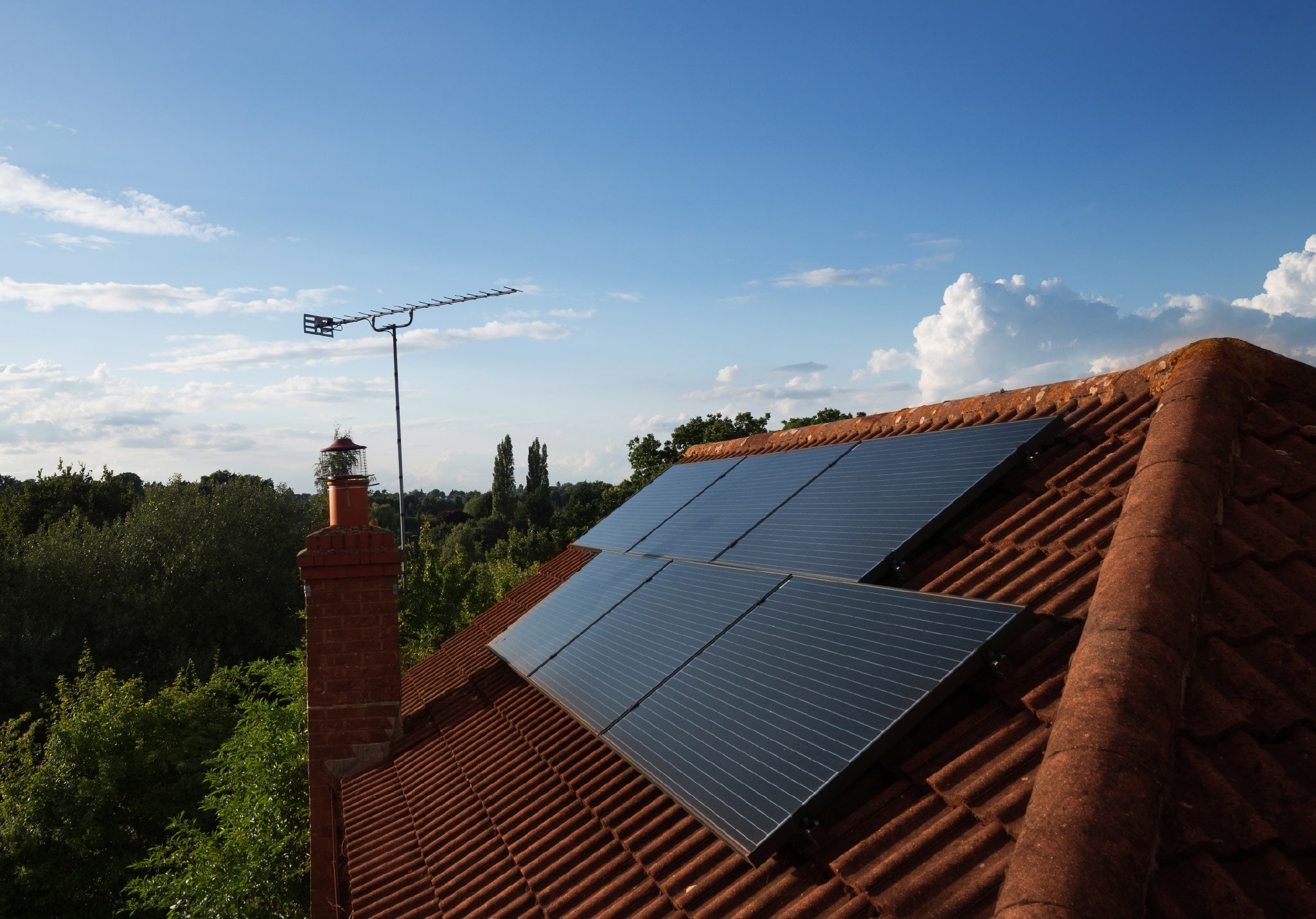
A good life at home starts on the roof
Home solar from IKEA makes it possible for you as a homeowner to use the sun to power everyday life and manage electricity usage more efficiently. It gives more control of your energy bills while helping the planet with clean, renewable energy. However, up till now the cost of solar solutions has been out of reach for many. In order to fight climate change we have made our solar offer affordable and available for more people.![]()
Did you know
solar panels can
cut your electricity
bills by up to 50%?
solar panels can
cut your electricity
bills by up to 50%?
”Together with our more than 800 million visitors we have a big role to play in society. We also have a huge opportunity to make clean energy available to the many customers around the world.”
Pia Heidenmark-Cook, Chief Sustainability Officer, INGKA Holding B.V. and its controlled entities.
Pia Heidenmark-Cook, Chief Sustainability Officer, INGKA Holding B.V. and its controlled entities.
IKEA Home Solar: It’s easy
Ready to bring a little sunshine into your home? IKEA Home Solar includes solar panels to be fitted on the roof, and an easy control system that monitors production. It is a cost-efficient solution that allows your home to generate its own power, reduce carbon emission – and save money at the same time.
It’s easy to buy
It’s easy to install
It’s easy to use
We’ve gone all in with LED
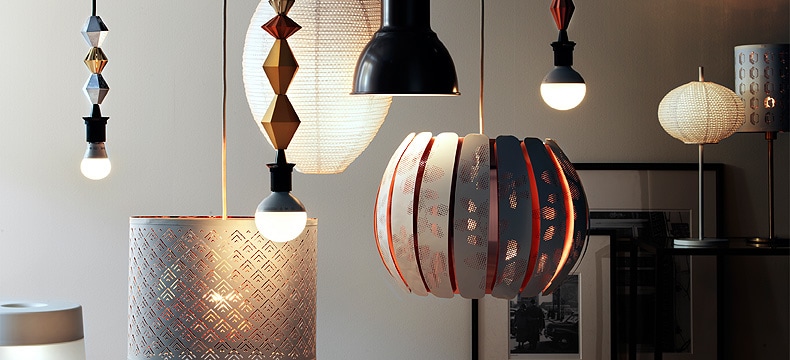
![]()
Did you know LED
uses up to 85%
less energy than
incandescent bulbs
and last up to
20 years?
uses up to 85%
less energy than
incandescent bulbs
and last up to
20 years?
CIRCULAR & CLIMATE POSITIVE:
CLIMATE & ENERGY | WOOD | COTTON | PLASTIC | WOOL | WATER | VALUE, NOT WASTE | FOOD
CLIMATE & ENERGY | WOOD | COTTON | PLASTIC | WOOL | WATER | VALUE, NOT WASTE | FOOD
WOOD
“We’re promoting the adoption of sustainable forestry methods. We do this in order to influence others and also to contribute to the important work of ending deforestation”
- Mikhail Tarasov, Global forestry manager IKEA
We're big fans of wood
We love wood because it’s durable, renewable, recyclable and beautiful. As one of the largest users of wood in the retail sector, we always look for ways to use it wisely and to source it according to high set standards. Our long-term goal is that all wood will come from more sustainable sources, defined as recycled or FSC® certified wood, by 2020.“We’re promoting the adoption of sustainable forestry methods. We do this in order to influence others and also to contribute to the important work of ending deforestation”
- Mikhail Tarasov, Global forestry manager IKEA
Responsible sourcing
All acacia we use from Vietnam comes from FSC certified plantations. Together with our suppliers, smallholder farmers and partners like WWF, IKEA ensures that acacia is grown in a way that is better for the environment - and the local communities.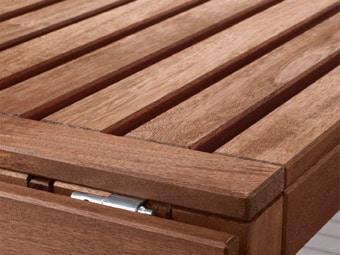
Our acacia comes from certified plantations which are environmentally, socially, and economically sustainable.
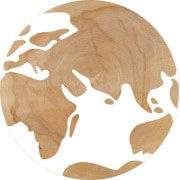
Did you know?
IKEA sources wood from 50 different countries. Mostly from Sweden, Poland, Russia, Lithuania and Germany.
More from less
Making more from less is part of the IKEA culture. Every piece of wood is cut and shaped so that unnecessary waste is minimised in production. The new PLATSA storage and SKOGSÅ worktop are beautiful evidence of how we use resources wisely, while maintaining quality and durability. We constantly look for new and smarter ways to design and build our furniture to make sure you get the best possible product which impacts our planet the least.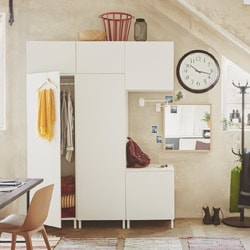
PLATSA storage is durable and the quality is enhanced by using the right material at the right place for the right purpose. It uses far less raw material compared to solid constructions thanks to smart design and production solutions. A combination of different natural materials makes it lightweight which also saves on transport and simplifies handling.
>> Read more about PLATSA storage on Value, not waste
>> Read more about PLATSA storage on Value, not waste
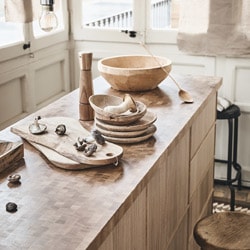
SKOGSÅ worktop is made with a thin layer technique where a three-millimetre solid wood surface is placed on particle board. This gives a durable surface that can handle humidity well. Apart from the benefits in the kitchen, the thin layer technique requires less raw material than a solid worktop. Plus it weighs 20% less than solid wood, so reduces emissions in transportations, and is easier to carry and handle.
>> Read more about thin-layer worktops on On the factory floor
>> Read more about thin-layer worktops on On the factory floor
Wood from more sustainable sources with FSC
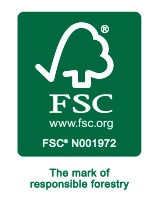
FSC works to take care of the world’s forests through responsible forest management, making sure we have forests for all forever. Forests house over two-thirds of known terrestrial species, and are home to 80% of terrestrial biodiversity. Our work together with WWF and FSC contributes to protect ecosystems - and people’s livelihoods. We are one of the world’s largest buyers of FSC certified wood in the retail sector and are also part of founding FSC, together with WWF.
In addition to suppliers meeting our strict IWAY Forestry Standard, the volume of wood from more sustainable sources – recycled wood and wood from forests certified by the FSC – increased to 77% in 2017. We are aiming for 100% by 2020.
>> Visit the FSC® website to learn more about this effort
In addition to suppliers meeting our strict IWAY Forestry Standard, the volume of wood from more sustainable sources – recycled wood and wood from forests certified by the FSC – increased to 77% in 2017. We are aiming for 100% by 2020.
>> Visit the FSC® website to learn more about this effort
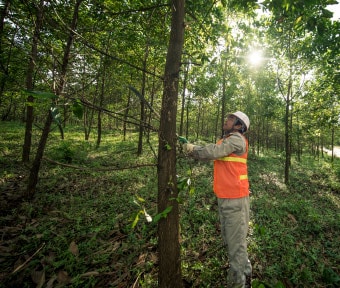
So far, we have helped to improve forest management in Europe and Asia, and contributed to increasing FSC® certified forest areas by around 35 million hectares (about the size of Germany) in the countries where we work with WWF.
Working together with WWF on responsible forest management
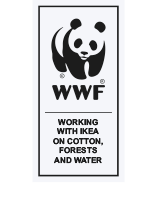
We work with WWF and others to combat illegal logging and promote responsible timber trade. Beginning with five forest projects in seven countries in 2002, today, we collaborate in 14 countries on a variety of projects to support credible forest certification which benefit both people and the environment. The work includes mapping and protecting High Conservation Value Forests to secure biological and social forest values.
“We have chosen to partner with WWF to help us on our journey towards being People and Planet Positive”, says Mikhail Tarasov, Global forestry manager IKEA. “WWF has deep expertise in the fields of forestry and timber market, and since wood is an important raw material for IKEA, it makes WWF a natural partner to help support and challenge us towards our ambitious sustainability goals.”
>> Visit the WWF site to learn more about our partnership
“We have chosen to partner with WWF to help us on our journey towards being People and Planet Positive”, says Mikhail Tarasov, Global forestry manager IKEA. “WWF has deep expertise in the fields of forestry and timber market, and since wood is an important raw material for IKEA, it makes WWF a natural partner to help support and challenge us towards our ambitious sustainability goals.”
>> Visit the WWF site to learn more about our partnership
Sow a Seed: celebrating 20 years of regenerating nature
In 1983, more than 18,500 hectares of rainforest in Sabah in the north-eastern part of Borneo was destroyed by fire. In 1998 we funded the Sow a Seed project to restore the rainforest. Today 12,500 hectares (an area equal to 26,000 football fields) of rainforest has been brought back to life. Orangutans and baby elephants have rediscovered their natural habitat. And researchers around the world have been offered a unique insight into forest regeneration in what could be the biggest rainforest restoration project in the world.Reports & Downloads
Download The IWAY Forestry and Forest Stewardship Council® Standards (PDF)Read more about our plan to source 100% certified segregated sustainable palm oil (PDF)
Download the Sustainability Strategy, People & Planet Positive (PDF)
Download the overview of how we are becoming Forest Positive 2020 (PDF)
CIRCULAR & CLIMATE POSITIVE:
CLIMATE & ENERGY | WOOD | COTTON | PLASTIC | WOOL | WATER | VALUE, NOT WASTE | FOOD
CLIMATE & ENERGY | WOOD | COTTON | PLASTIC | WOOL | WATER | VALUE, NOT WASTE | FOOD
COTTON
Since September 1st 2015, all the cotton in our products comes from more sustainable sources. We are pleased to have reached our 100% target, but we aren't satisfied and won't stop there. We are committed to creating a positive change throughout the entire cotton industry – more sustainable cotton needs to become a mainstream material beyond our business.
100% committed to sustainable cotton
Cotton is one of our most important raw materials. You’ll find it in many products, from sofas and cushions to bed sheets and mattresses. Although we love working with cotton, we are uncomfortable with the fact that growing cotton in the conventional way is often harmful to the environment and the people involved. We have made a commitment to only use cotton grown in a responsible way in our products, for the benefit of our customers and the planet.Since September 1st 2015, all the cotton in our products comes from more sustainable sources. We are pleased to have reached our 100% target, but we aren't satisfied and won't stop there. We are committed to creating a positive change throughout the entire cotton industry – more sustainable cotton needs to become a mainstream material beyond our business.

Since September 1st 2015, all the cotton we use for IKEA products comes from more sustainable sources. This means that the cotton is either recycled, or grown with less water, chemical fertiliser and pesticides.
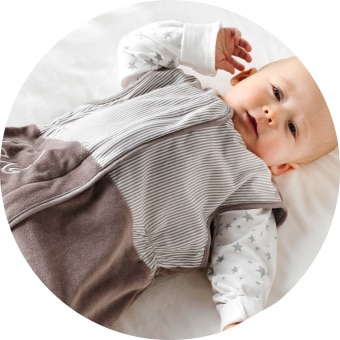
Cotton grown with care – your choice matters
When caring for your loved ones by creating a home with more sustainable cotton products, you are teaming up with us by choosing cotton grown with respect for people. This also means you are contributing to the well-being of cotton farmers and their families, and a less polluted world for your child to grow up in. Together, we can make a difference!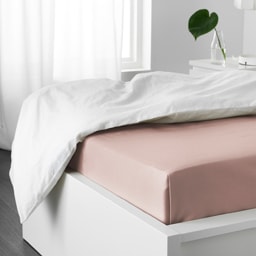
The soft, pale shades of beige, pink and blue of DVALA bed linen in pure cotton, are made with a new dyeing technique that uses pigment colours. The technique saves on chemicals, energy and water – in fact, we’re saving over 200 million litres of precious water per year thanks to this, enough to make a good night’s sleep even better.
>> See DVALA
>> See DVALA
Cotton from more sustainable sources*

Better Cotton

Recycled

Towards Better Cotton**
* Cotton from more sustainable sources includes Better Cotton, Recycled Cotton and Towards Better Cotton.
** Towards Better Cotton is a standard developed by IKEA following the same principles and criteria as Better Cotton, on its way to become Better Cotton.
** Towards Better Cotton is a standard developed by IKEA following the same principles and criteria as Better Cotton, on its way to become Better Cotton.
Leading a constant change for cotton
Over a decade ago, IKEA, WWF and other partners, established the Better Cotton Initiative (BCI), an organisation aiming to make global cotton production better for the industry, people and our planet.
Today, as one of the largest catalysts for improving cotton farming, we continue to positively impact the business.
But we are not satisfied. Our mission is to spread the word and go beyond our business. Together with our partners, we’re on a journey to make cotton from more sustainable sources a mainstream practice – affordable and accessible to all.
Today, as one of the largest catalysts for improving cotton farming, we continue to positively impact the business.
Currently we’re the only global retailer in the world selling products made from 100% cotton from more sustainable sources.
But we are not satisfied. Our mission is to spread the word and go beyond our business. Together with our partners, we’re on a journey to make cotton from more sustainable sources a mainstream practice – affordable and accessible to all.
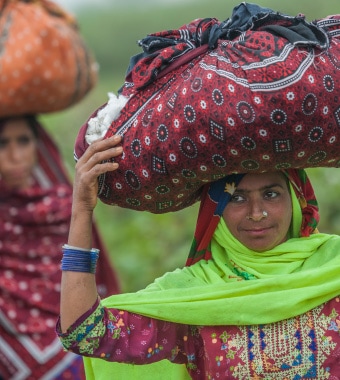
Through hands-on training and field schools, together with our partners we have helped farmers learn more sustainable farming methods. This initiative enabled farmers to cut costs, increase their profits and improve their working conditions. As a result, they could afford a better quality of life for their families, including schooling for their children. Today, together with our partners, we are continuing to work in the field, while expanding the scope of our cotton initiatives to include, water, biodiversity and soil management, to ensure we continue to improve sustainable cotton farming practices for the longer term.
Find out more about how we work with our suppliers through our IWAY code of conduct to, for example, secure better working conditions and minimum environmental standards.
Find out more about how we work with our suppliers through our IWAY code of conduct to, for example, secure better working conditions and minimum environmental standards.
Growing cotton responsibly with a focus on water
When grown conventionally, cotton farming uses large amounts of chemicals and water. This practice often leads to significant health risks to farmers, while damaging the environment. At IKEA, we don’t want to be part of the problem – we want to be part of the solution. That’s why we are 100% commited to sustainable cotton. It means that our cotton is grown with less water and chemicals, helping areas that are subject to erosion and water scarcity.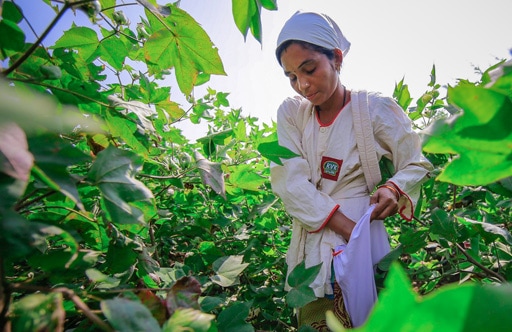
Becoming water positive
Cotton is one of the most high-impact crops when it comes to water. At IKEA, we are committed to being water positive, using it as efficiently as possible, promoting water stewardship throughout and beyond our own sphere of operations and on into the wider world.Based on WWF’s water stewardship model, we are working to reduce the impact of our own operations and our suppliers’ operation, supporting sustainable water management in river basins and increasing people’s access to clean water. Our work to become water positive focuses on cotton, providing farmers with training on better water management practices, and establishing community-based Water User Associations. This means farmers grow with less water, so more water can be diverted to other uses.
Learn more about our partnerships and how we work with cotton

Since September 1, 2015, all the cotton we use for IKEA products comes from more sustainable sources. This means that the cotton is grown with less water, chemical fertilisers and pesticides, while increasing profit margins for farmers.
>> Learn more about IKEA and WWF cotton projects
>> Learn more about Better Cotton Initiative
>> Learn more about IKEA and WWF cotton projects
>> Learn more about Better Cotton Initiative
Learn more about Better Cotton Initiative
>> Read more about how we source cotton in Turkmenistan (PDF)>> IKEA VIEW: Cotton (PDF)
CIRCULAR & CLIMATE POSITIVE:
CLIMATE & ENERGY | WOOD | COTTON | PLASTIC | WOOL | WATER | VALUE, NOT WASTE | FOOD
CLIMATE & ENERGY | WOOD | COTTON | PLASTIC | WOOL | WATER | VALUE, NOT WASTE | FOOD
WOOL
We want all our rugs to be made from sustainable wool
IKEA wants to have a positive impact on people, animals and the planet, that’s why we’re on a journey to transform all the wool we use in our products to 100% Responsibly Sourced Wool. We will do this by sourcing wool which follows the ‘Responsible Wool Standard’ (RWS) guideline, meaning that the wool only comes from sheep that are treated with respect, and the land where they eat and rest is managed responsibly.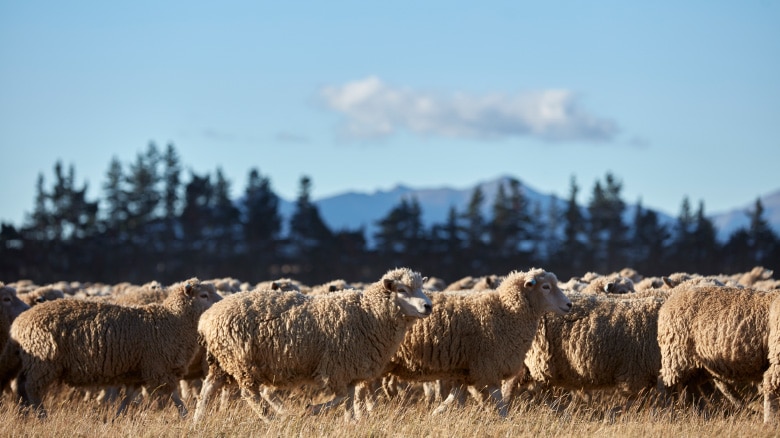
“Wool is a fantastic material, it’s sustainable, it’s also renewable and it provides different properties to our products.”
Rafael Elizondo, Category Manager for Textile Carpets at IKEA
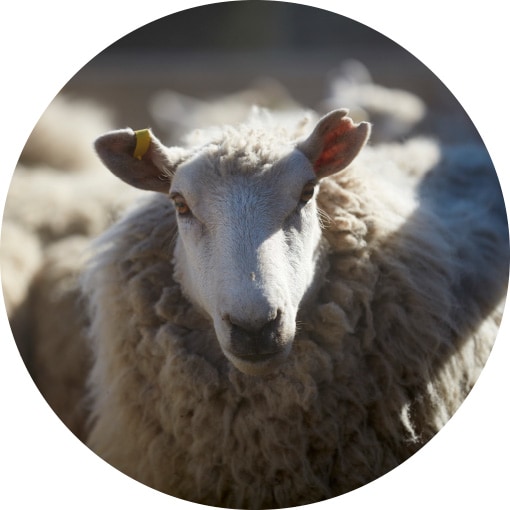
How will we do this?
To ensure that the wool we use is sourced in a responsible way, we need to work to secure full traceability of the wool used in our supply chain. That means we will know where all our wool comes from, and we can support positive animal welfare conditions for the sheep.“Wool is an awesome product because the sheep produce it naturally, and it’s the ultimate sustainability because they just keep growing it.” says Paul Smith, Farm Manager in New Zealand, where IKEA has begun sourcing RWS wool.
Reasons to choose wool
• Wool is renewable, biodegradable and recyclable• Wool is a natural, durable and strong material
• Wool ages beautifully and is more resistant to stains
• Wool is highly thermal and breathable
• Wool dyes easily, so we can create many beautiful and varied design styles for you to choose from
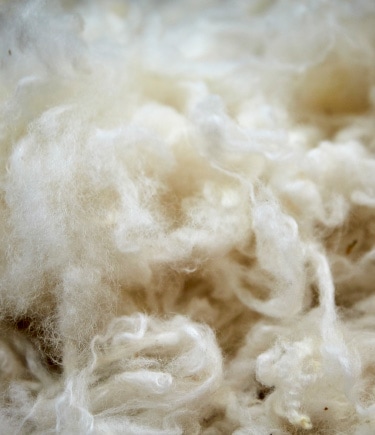
Making Responsibly Sourced Wool available for everyone
We are committed to transforming all our wool to 100% Responsibly Sourced Wool by 2025. But that’s not enough. Rafael Elizondo, Category Manager for Textile Carpets at IKEA says “We want others to join us and help us transform the wool industry together. Ultimately, what we’re after is to make responsibly sourced wool affordable, for as many customers as possible.”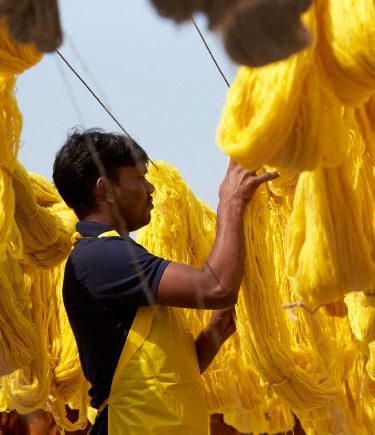
Respect – in every step
Once the wool has travelled from New Zealand to India, it’s combed, spun into yarn, dyed and transformed into beautiful, handwoven rugs by skilled artisans. These steps follow strict processes that respect both the workers and the environment.Trust for natural materials
We know that our customers prefer to have natural materials in their homes and close to their skin. Being a durable, natural and strong material, wool is perfect for rugs.“Every time I visit our partners in India, I get very inspired. I see how much focus we put on sustainability, on the quality, and also the social aspect.”
Rafael Elizondo, Category Manager for Textile Carpets at IKEA
CIRCULAR & CLIMATE POSITIVE:
CLIMATE & ENERGY | WOOD | COTTON | PLASTIC | WOOL | WATER | VALUE, NOT WASTE | FOOD
CLIMATE & ENERGY | WOOD | COTTON | PLASTIC | WOOL | WATER | VALUE, NOT WASTE | FOOD
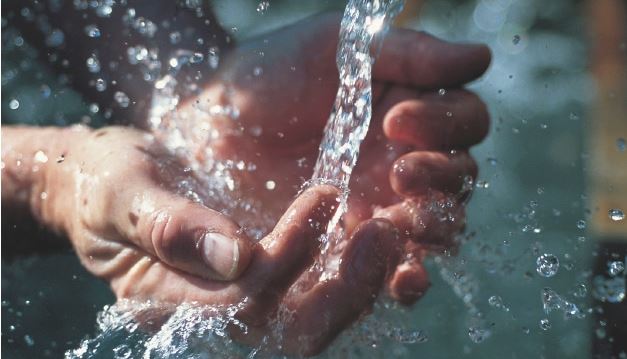
WATER
Treating water with respect
Water is necessary for life – but clean, fresh water is something of a luxury in some parts of the world. That is why water, both when it comes to quantity and quality, is an important issue for IKEA and our suppliers. We aim to become water positive by promoting water stewardship throughout our value chain. By working with others, we will contribute to improved water management and awareness on water issues in all areas where we operate, focusing on both water use and water quality. This is just the start. Through our continued efforts and by working with WWF, we are on the way to being better water stewards.Becoming water positive
We are committed to being water positive – using water as efficiently as possible in our operations, and promoting good water stewardship throughout and beyond our business. We are all responsible for making sure that freshwater is properly looked after because it is something that we all share and need. Across our operations, we are looking in to different ways of reducing, reusing and recycling water.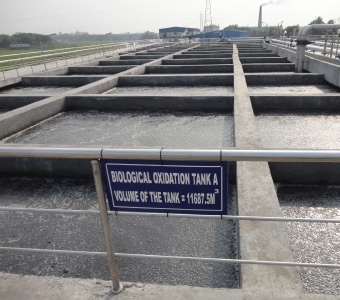
Our distribution centres in France invested in capturing rainwater to use in their fire sprinkler systems, saving almost 4,800m3 of water a year, equivalent to almost two Olympic sized swimming pools.
Toilets use a lot of water. In the UK we installed waterless urinals and in Northern Ireland, Spain and several other countries, we are using rainwater from the roof of our store to flush the toilets.
In the Netherlands, we reduced water consumption in IKEA restaurants by installing water meters to help us understand where our biggest impact is and target our efforts.
We need a lot of water to preserve wooden logs in the IKEA factory in Wielbark, Poland. Instead of using drinking water to keep the logs wet, we harvest rainwater. And that doesn’t go to waste either – we treat and recycle it.
Toilets use a lot of water. In the UK we installed waterless urinals and in Northern Ireland, Spain and several other countries, we are using rainwater from the roof of our store to flush the toilets.
In the Netherlands, we reduced water consumption in IKEA restaurants by installing water meters to help us understand where our biggest impact is and target our efforts.
We need a lot of water to preserve wooden logs in the IKEA factory in Wielbark, Poland. Instead of using drinking water to keep the logs wet, we harvest rainwater. And that doesn’t go to waste either – we treat and recycle it.
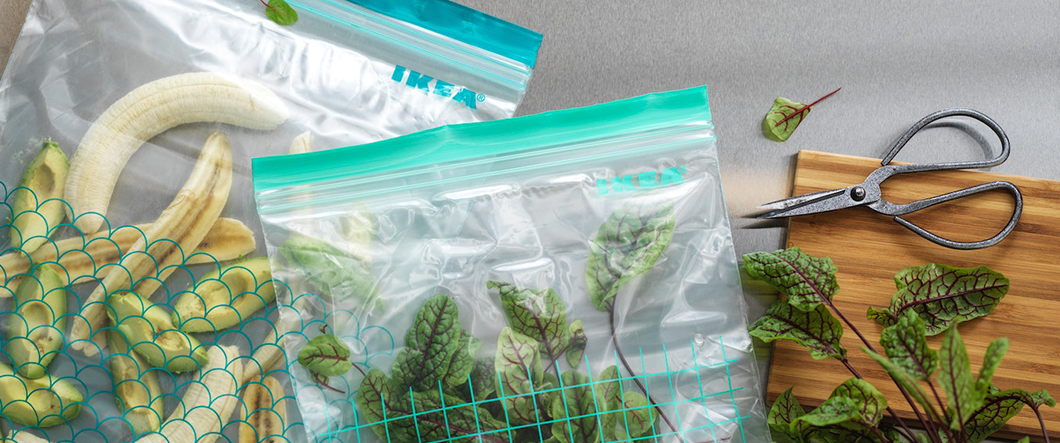
VALUE, NOT WASTE
Throughout our value chain, we aim to use resources as efficiently as possible to make sure that we create value, rather than waste. And by 2030, we aim to ensure that all our products are based on renewable or recycled materials. And when you bring the products home, we want to help you make them live longer, or give them a new life when you no longer need them.
Thinking in circles
At IKEA, we always look for ways to make more from less. But to help our customers create a better life at home, in a world where resources are scarce, we have to up our game. We need to rethink everything from the materials we use, to how we power our stores, and how we can make our products live longer in a cycle of repair, reuse, and recycling.Throughout our value chain, we aim to use resources as efficiently as possible to make sure that we create value, rather than waste. And by 2030, we aim to ensure that all our products are based on renewable or recycled materials. And when you bring the products home, we want to help you make them live longer, or give them a new life when you no longer need them.
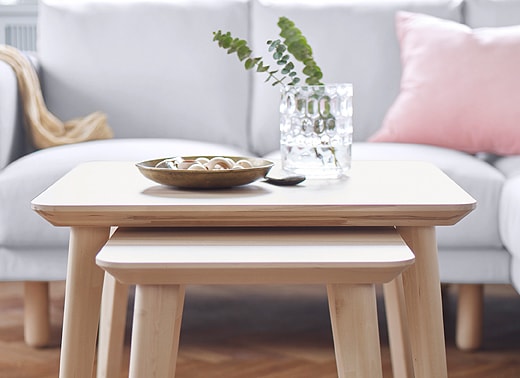
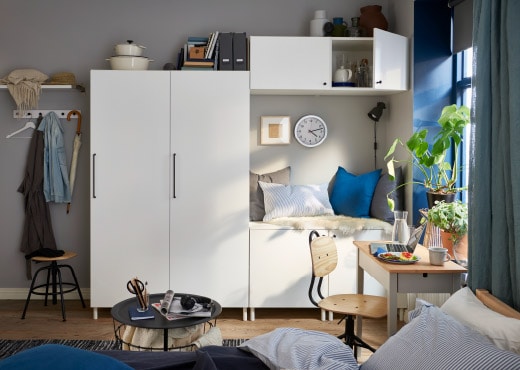
Doing things right from the start
To make the world a more sustainable place we have to begin somewhere.By planning for our products’ next life at the design stage, we get a head start.To make more from less, we also use materials that are renewable and recycled and from more sustainable sources. And by 2030, we aim for all our products to be designed to be easy to care for, repair, reuse, repurpose and recycle. The better we do this, the better for people and the planet.A second, third or even fourth life. Maybe your new PLATSA storage will start its life as a media bench in the living room, to then transform into a wardrobe under the slanting ceiling of the bedroom ─ and then a few years later become the home to all outerwear in your new hallway. With PLATSA storage system, we wanted to create a simple, yet beautiful, solution that can follow you on all the winding roads of life.
PLATSA takes flexibility to a whole new level. So, instead of letting space be a limitation, this lightweight storage system optimises the space you have. It opens up to build under, above or around - mixing functions and styles as you wish. PLATSA uses wedge dowels, a click-technique that drastically reduces time taken to assemble and disassemble. We think this prolongs the life of your PLATSA and goes hand in hand with a more sustainable lifestyle.
>> See PLATSA series
>> See PLATSA series
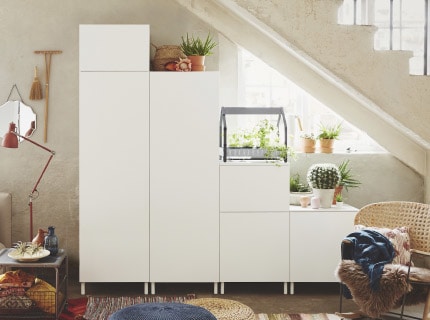
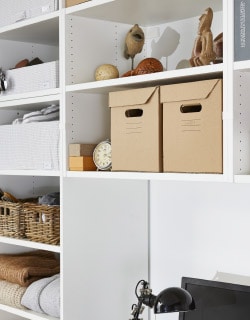
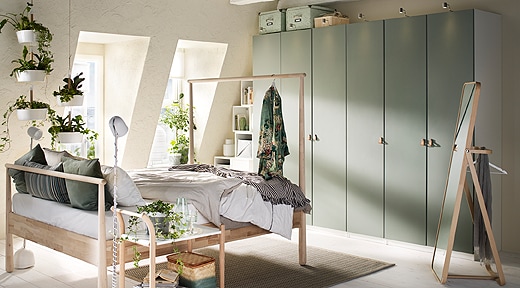
Old materials, new surfaces. We don’t like throwing things away. We see waste for what it really is – a resource – and look for ways to use more recycled materials in our products. That’s why we created the REINSVOLL wardrobe door. It’s made of recycled wood covered with plastic foil made from recycled PET bottles. No new wood needed, and no new plastic made from oil. And although REINSVOLL is a sustainable choice, of course it doesn’t compromise on quality, design or price.
Pioneering kitchen fronts. REINSVOLL isn’t our first product made entirely from 100% recycled FSC(R) certified wood and PET-bottles. The KUNGSBACKA kitchen fronts, with their sleek design and anti-fingerprint surface, have the same origin.
Every year, about 100 billion PET water bottles are used worldwide but only 30% are recycled. By giving them a new life as foil for doors and kitchen fronts, we show that recycling is not only the right thing to do, it also results in beautiful new products.
Every year, about 100 billion PET water bottles are used worldwide but only 30% are recycled. By giving them a new life as foil for doors and kitchen fronts, we show that recycling is not only the right thing to do, it also results in beautiful new products.
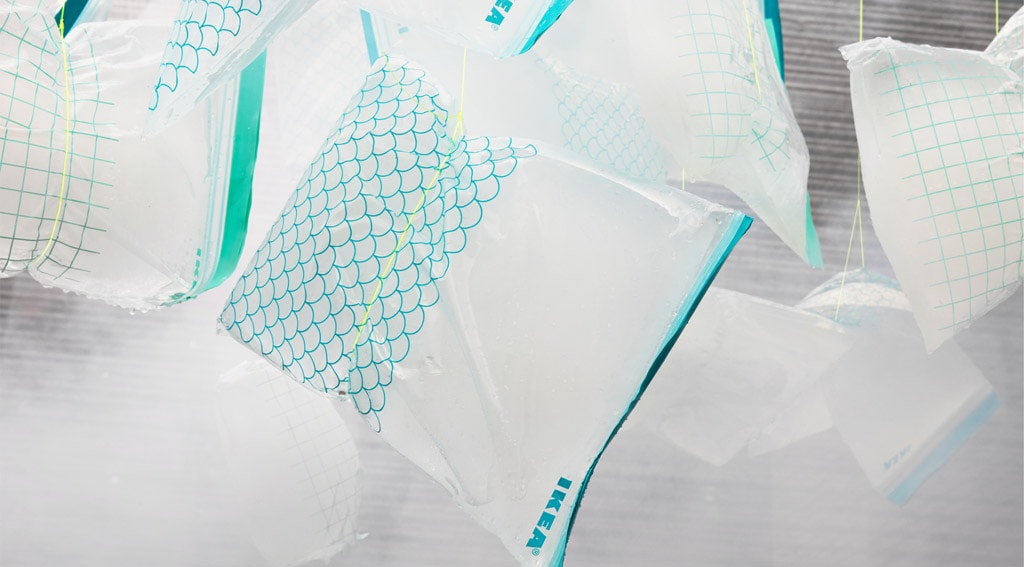
Made from sugar cane, ISTAD is based on renewable material. It is also recyclable.
Can 1,4 billion re-sealable plastic bags make a difference? We hope so, as we proudly present our first ever large-scale plastic product based on renewable material. It’s the all-round plastic bag ISTAD that is now made mostly (85%) of a renewable material from the sugar cane industry. The shift is expected to save around 75 000 barrels of oil yearly, helping us to reduce our carbon footprint.
And, although plastic based on renewable material costs more to produce than conventional plastic, it won’t show on the price tag. At IKEA we believe that everyone, not just a few, should be able to afford making sustainable choices.
And, although plastic based on renewable material costs more to produce than conventional plastic, it won’t show on the price tag. At IKEA we believe that everyone, not just a few, should be able to afford making sustainable choices.
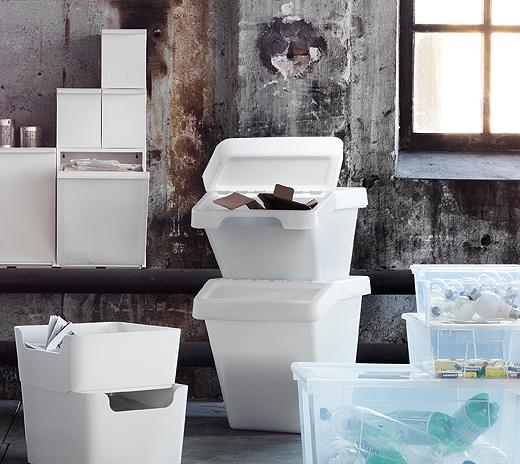
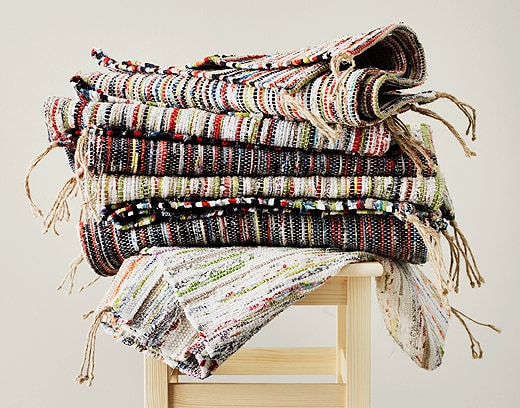
Step on it. TÅNUM is hand-made, giving each rug its own individual beauty. And even better – we use recycled cotton from our own operations to make it. More than 90% of the material used is leftover fabric from bed linen production. When you step on a TÅNUM rug you leave a smaller environmental footprint.
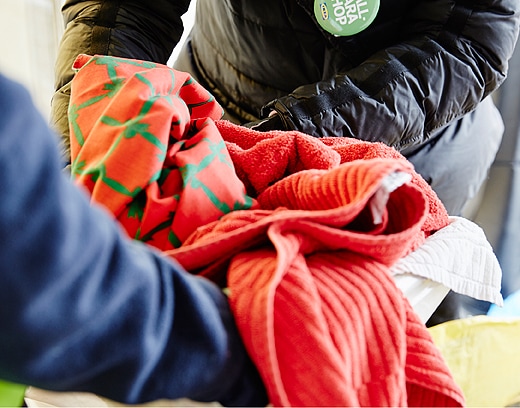
Give things another chance
At IKEA we want our customers to love and care for our products as long as possible – and even if they don’t, we do. Across our network of stores we try smarter and more planet-friendly ways to prolong the life of our products. In Belgium for example, we offer our customers five options to give furniture a second life: selling old IKEA-furniture in the store, renewing it by repainting or reassembling, repairing by offering replacement parts, returning old furniture through our transport service and donating to social organisations.On a global basis we offer all customers replacement parts, and most markets have mattress takeback initiatives where you can return your old mattress when buying a new one. Seize the opportunity to breathe new life into your old furniture or give it a new life in our care.
CIRCULAR & CLIMATE POSITIVE:
CLIMATE & ENERGY | WOOD | COTTON | PLASTIC | WOOL | WATER | VALUE, NOT WASTE | FOOD
CLIMATE & ENERGY | WOOD | COTTON | PLASTIC | WOOL | WATER | VALUE, NOT WASTE | FOOD
Food you can feel good about
We want to offer affordable food that’s delicious, sustainable and nutritionally balanced. That’s why we include a variety of more sustainable and healthier options at our IKEA Restaurants, IKEA Bistros and IKEA Swedish Food Markets. We select the ingredients we use for our food carefully – which is also why we work with certifications to ensure our products meet standards of environmental and social responsibility. And we are also working hard to minimise the amount of food waste in our stores.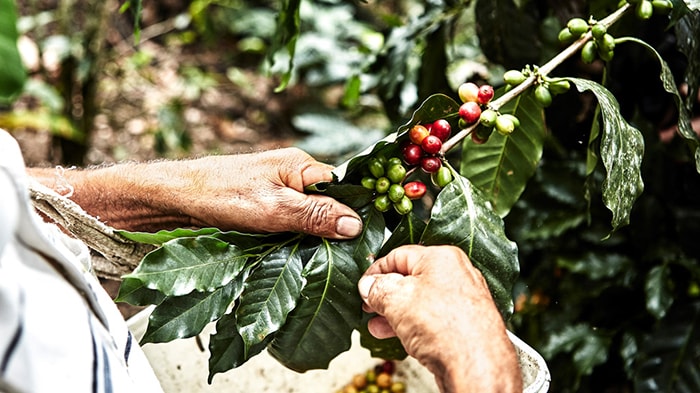
Start your day fresh with certified cage free eggs
Starting from Oct 2021, IKEA Swedish Restaurant will gradually introduce certified cage free eggs for restaurant dishes.Our commitment to more sustainable agriculture and better animal welfare is strongly connected to the IKEA vision of creating a better everyday life for many people.
At IKEA we believe that in order to achieve improved animal welfare, the environments animals are reared in, the way the animals are handled and standard on-farm practices must prioritize good physical health, good mental health, and the expression of natural behavior.
>>Know more about cage free eggs
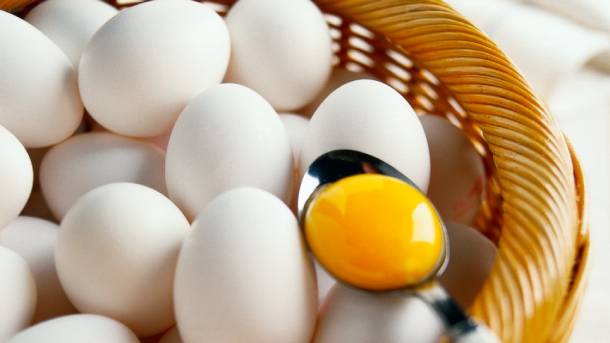
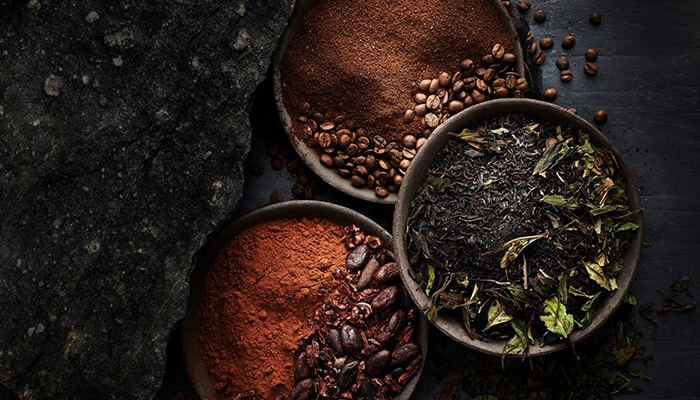
Better farming, better future
Look out for the UTZ logo on our coffee, tea and cocoa products – UTZ certified stands for sustainable farming and better opportunities for farmers, their families and our planet. The UTZ program enables farmers to learn better farming methods, improve working conditions and take better care of their children and the environment. Through the UTZ-program farmers grow better crops, generate more income and create better opportunities while safeguarding the environment and securing the earth’s natural resources. Now and in the future.
You like the coffee, so meet the growers
Help coffee growers give you better coffee
IKEA coffee beans come from family farms and small-scale cooperatives in countries like Honduras, Mexico, and Peru. The coffee is both UTZ certified and organically grown according to EU standards without the use of chemicals and pesticides. UTZ works to improve a number of areas for farmers, including growing methods. This helps to lower costs and increase crop quality and yields, which improves the livelihoods of farmers. Workers get a better income and farmers get a fairer share of the profits. It means their children can go to school and have time for play too.You get great coffee, and the growers get a better income
Since 2008, all coffee sold and served at IKEA has been UTZ certified. The certification was a positive step towards better coffee, ensuring sustainable farming standards, better conditions and traceability back to the plantation. But it was just the beginning of the journey to create truly sustainable and delicious beans. Now, the coffee beans are organic too.“Building on UTZ we also wanted our beans to be organically grown, meaning without the use of synthetic fertilizers and pesticides”, says Jacqueline Macalister, responsible for Health and Sustainability at IKEA Food.
“This means healthier soils and less impact on the climate. Also, farmers are paid more for organic crops. That way they improve their livelihood while at the same time they’re safeguarding the environment.”
>> Get a cup of coffee from the PÅTÅR series
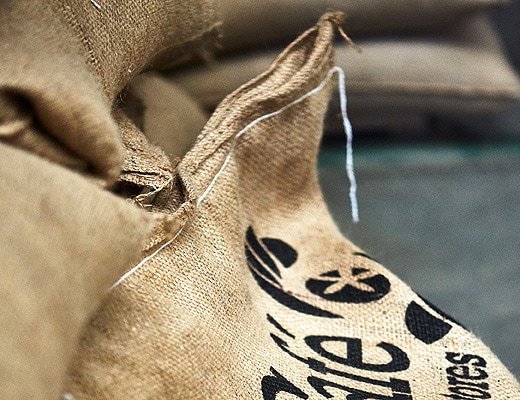
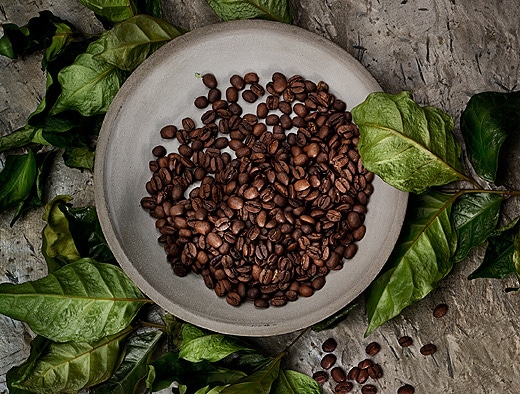
Organic and UTZ is a good combination
All the coffee that we serve and sell in the IKEA Swedish Food Market, IKEA Bistro and the IKEA Restaurant is both organic according to EU standards and UTZ certified. The tasty beans meet strict, independent requirements to ensure sustainable farming standards and better conditions for workers. You can even trace the origin of the coffee that you buy, at utz.org/IKEAChocolate you can feel good about eating
The cocoa in IKEA labelled chocolate bars meets strict, independent requirements to ensure sustainable farming standards and better conditions for workers. Just look out for the UTZ Certified label in our Swedish Food Market. To trace the origin of the cocoa in your UTZ certified chocolate bar, visit utz.org/IKEA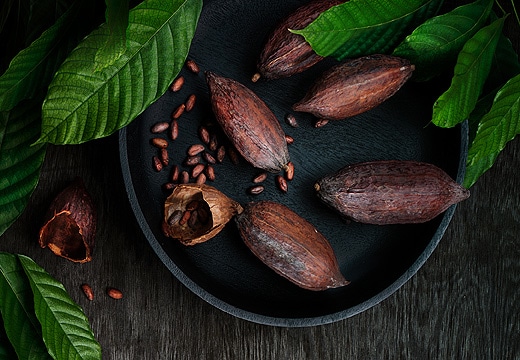
Responsible sourcing helps keep the ocean stocked
Responsibly sourced seafood
Healthy and tasty fish make for healthy and happy customers. That’s why IKEA was part of a dialogue with global environmental experts to develop responsible salmon farming standards that are better for the fish and for the environment. All IKEA salmon comes from farms that are certified to the Aquaculture Stewardship Council (ASC) standards.Today, 90% of the world’s fish stocks are fully exploited or over exploited
– by sourcing responsibly we can ensure fish stocks won’t decline further.
Seafood you and your grandchildren can enjoy
All wild-caught fish and shrimps served and sold at IKEA come from fisheries which are independently certified to Marine Stewardship Council (MSC) standards. When you enjoy MSC certified seafood you can be sure you are supporting sustainable fishing and protecting seafood supplies for generations to come.>> Find out how good SJÖRAPPORT series tastes here
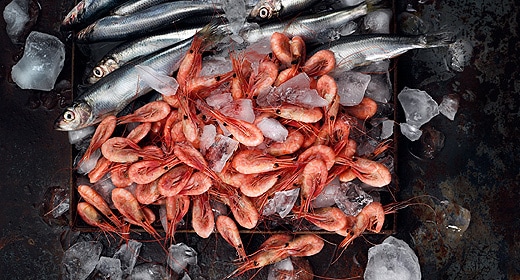
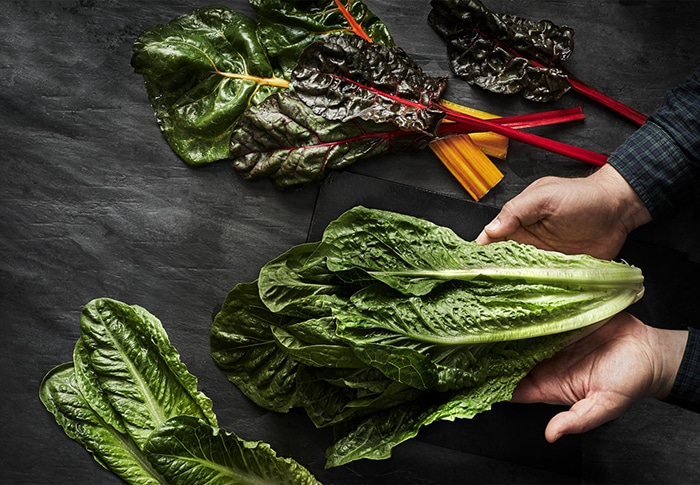
Moving towards zero waste
At IKEA, we think food should not be wasted, which is why we decided to work toward big goals: By the end of August 2020, we aim to halve food waste at IKEA. And further, 90% of all food waste should be recycled or turned into a resource such as compost or biogas.>> Veggies with attitude


